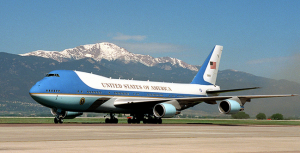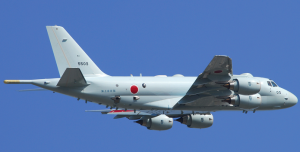In 2016, the Solar Impulse 2 made history when it completed a flight around the world, making it the first electrical-powered circumnavigation. The success of this flight means that the vision of an electrically-powered commercial flight is now a possibility.
The manufacturing company Siemens predicts that by 2050, electric aircraft will become an industry standard. Already, electrification is moving much faster than anticipated. Siemens is currently working to bring electric planes into the marketplace, beginning with a small aircraft like their Extra 330LE which was used in 2017 to set a world climb and speed record in electric airplanes. The all-electric powered Extra achieved a top speed of 211 mph and climbed 9,800 feet in four minutes and 22 seconds.
Norway has a quicker timeline, believing that all of their flights will be electric by 2040. Head of state-run Avinor, which operates many of Norway’s airports, Dag Falk-Petersen thinks as soon as 2025, electric passenger flights will be offered.
The switch to electric flights will reduce the amount of fuel used, resulting in reduced emissions and a cleaner environment. Currently, airplane emissions account for 3 percent of total EU greenhouse gas emissions.
Not only would electric airplanes help the environment, they also offer benefits to passengers. Electric planes would mean cheaper tickets, less noise and a higher rate of climb. Electric engines can maintain performance at higher altitudes, where a standard combustion engine operates less efficiently.
Challenges
While there are a lot of benefits to electric aircraft, the change isn’t without a few challenges. At the current rate of battery and electric engine technology, it won’t be until 2030 that commercial flights use even hybrid electric aircraft.
Creating a practical cooling system is another problem facing electric aircraft. Thermal management for these systems will require a system that can reject 50 to 800 kW of heat in flight. Materials will have to be developed for improved thermal performance, and a lightweight system needs to be designed for power electronics cooling.
A third challenge comes in the form of batteries. Batteries cannot yet provide the power-to-weight ratio needed. For batteries to reach a point where it is feasible to work in small-scale aviation, they will need to achieve five times their current density. Battery density is currently rising by 2 to 3 percent per year, meaning there is progress in this area.
























